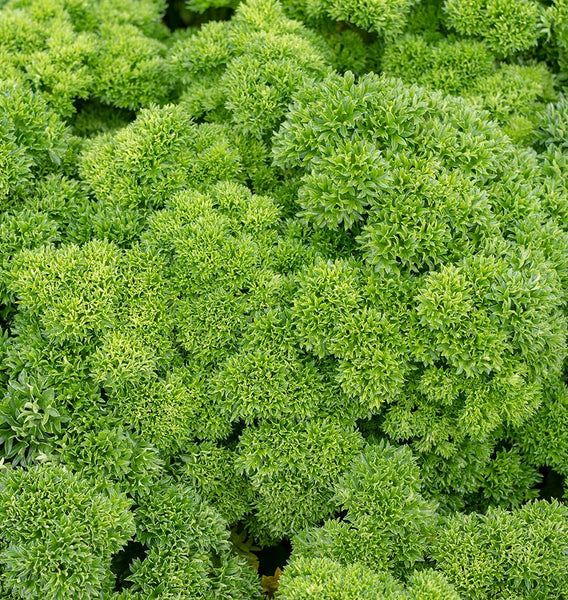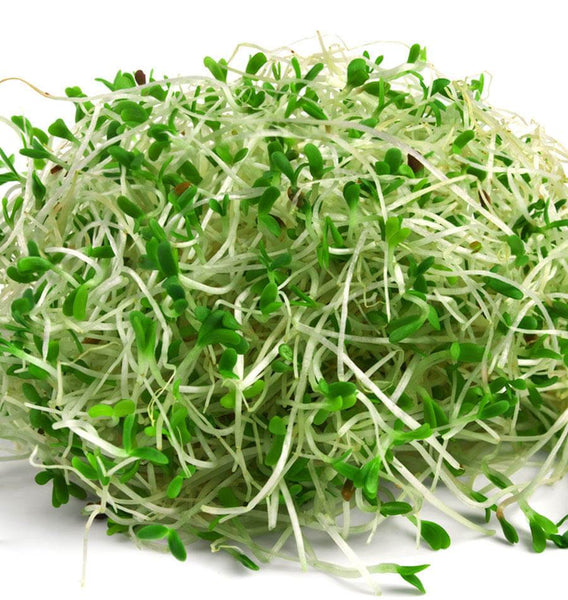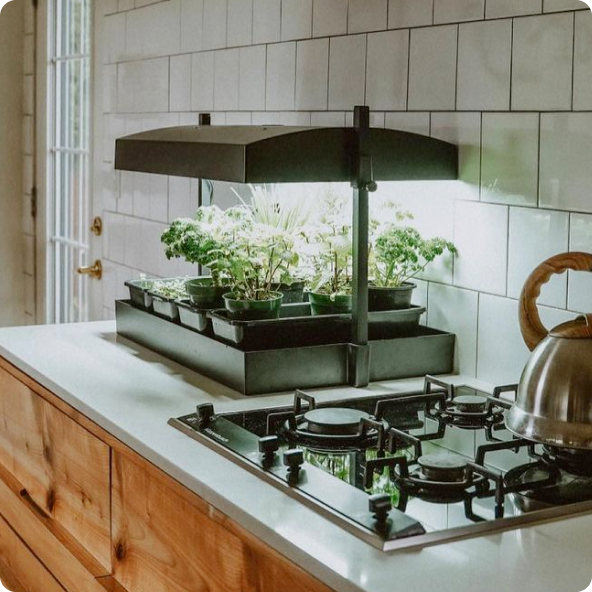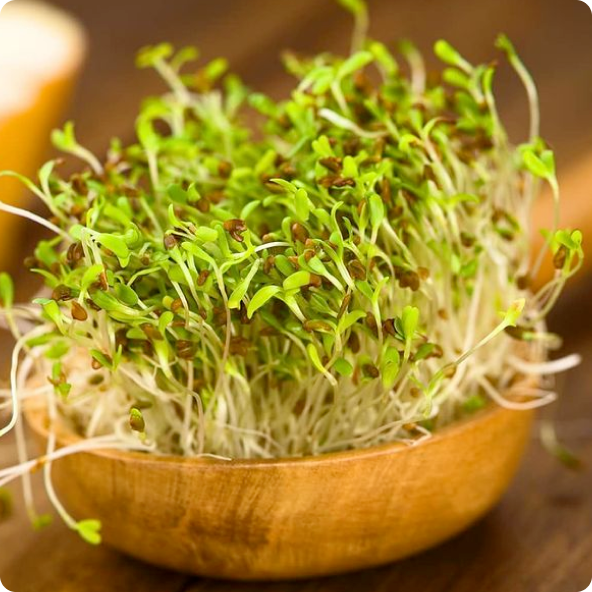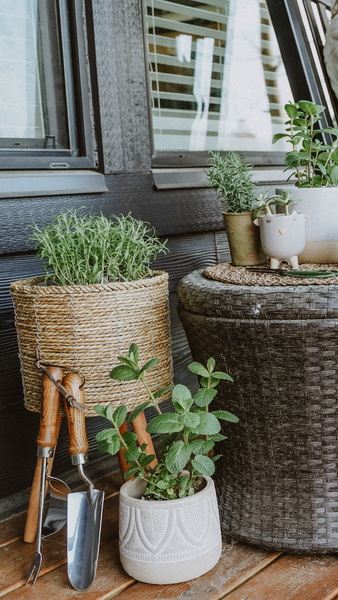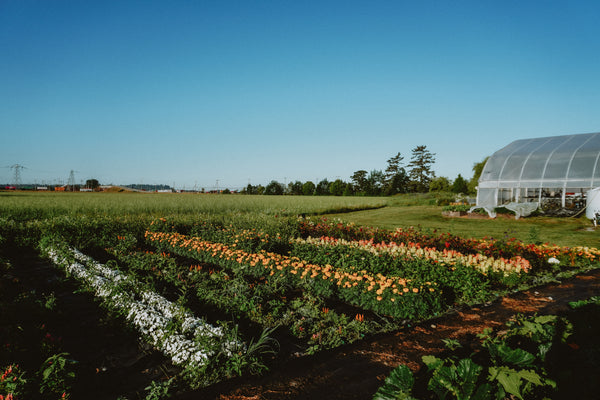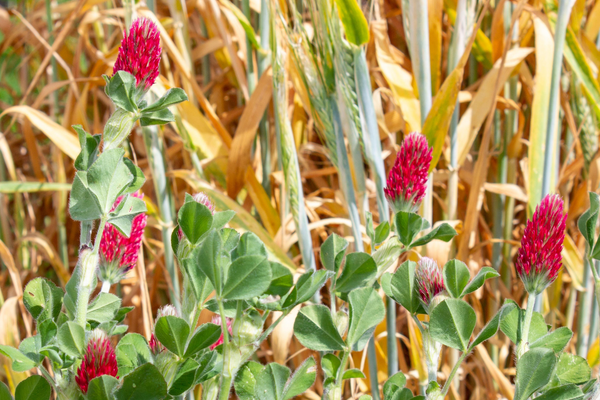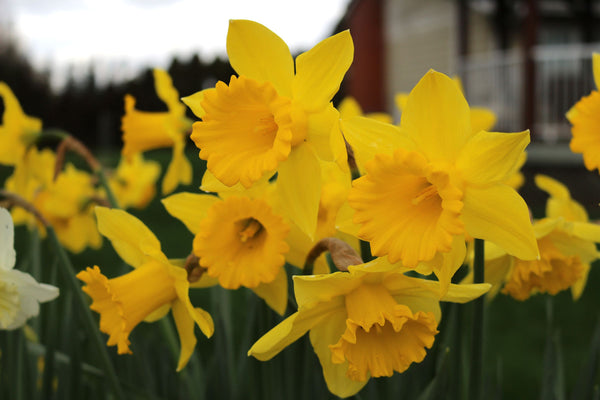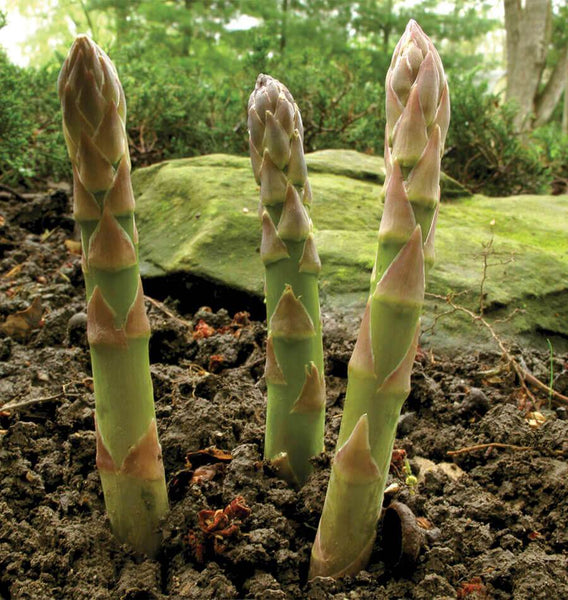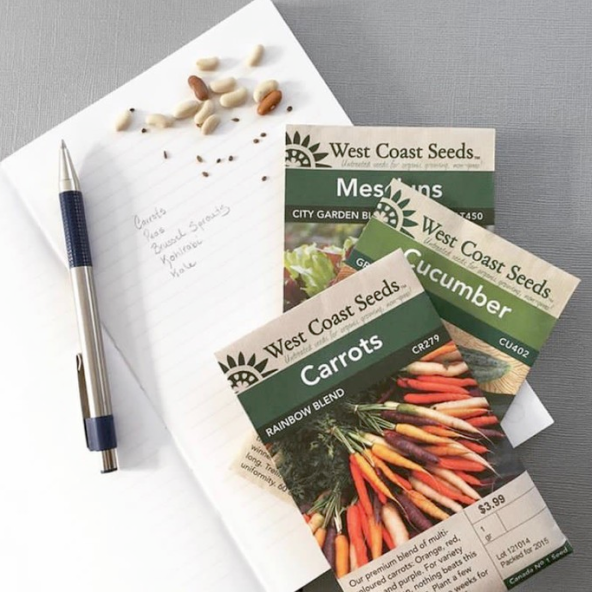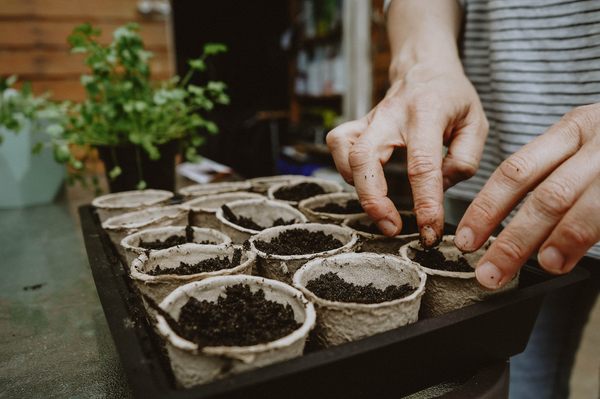Curious about creating a garden that's both abundant and resilient? Embracing permaculture principles might just be the answer.
Permaculture is a holistic approach to landscape design that works with patterns found in nature to create thriving and resilient living systems.
At its foundation, permaculture is based on 12 principles that can help guide gardeners on their journey to creating abundant and resilient gardens. For example, the first principle “Observe and Interact” encourages us to first look at the natural patterns that exist on a landscape; the predominant winds, how the water flows, where the sun and shade are at different times of the year, the greater patterns of the watershed, the community around us, the bioregion. How can we work with these patterns to make gardening in these spaces more successful?

By observing, we build relationships with our landscapes, plants, and other living species, getting to know them throughout the seasons and years. A collaborative approach fosters a healthy, resilient garden, increases biodiversity, and produces abundant food.
Valuing diversity is another key component of permaculture. Cultivating various plants enhances resilience to pests and diseases. A diverse garden attracts beneficial insects and pollinators, creating a balanced ecosystem. If one species becomes susceptible to pests and disease, others will thrive.

Choosing multi-functional plants is another smart strategy. Look for plants that provide food and medicine for you and benefits for pollinators and the soil. For example, sowing gaps in your garden with edible flowers like calendula, borage, or nasturtiums reduces space for weeds while enhancing your salads. Allowing them to go to seed ensures they will produce healthy plants next season.
Mulching is a simple yet effective practice. Using leaf mulch, straw, or wood chips helps retain moisture, suppress weeds, and enhance soil fertility. This protective layer also stabilizes soil temperatures, benefiting plant roots.

Consider multi-storied planting, inspired by natural forests. Grow plants at different heights, from ground covers to shrubs and trees. This method maximizes space, supports a range of species, and improves soil structure and fertility.
Permaculture doesn’t mean you can’t have structured rows of crops. The key is balancing structured gardening with allowing nature to take its course. Embracing permaculture principles creates a garden that is productive, resilient, and self-sustaining.
Start your journey with permaculture today and transform your garden into a thriving ecosystem, teeming with life!
By Solara Goldwynn & Tayler Krawczyk, Hatchet & Seed
